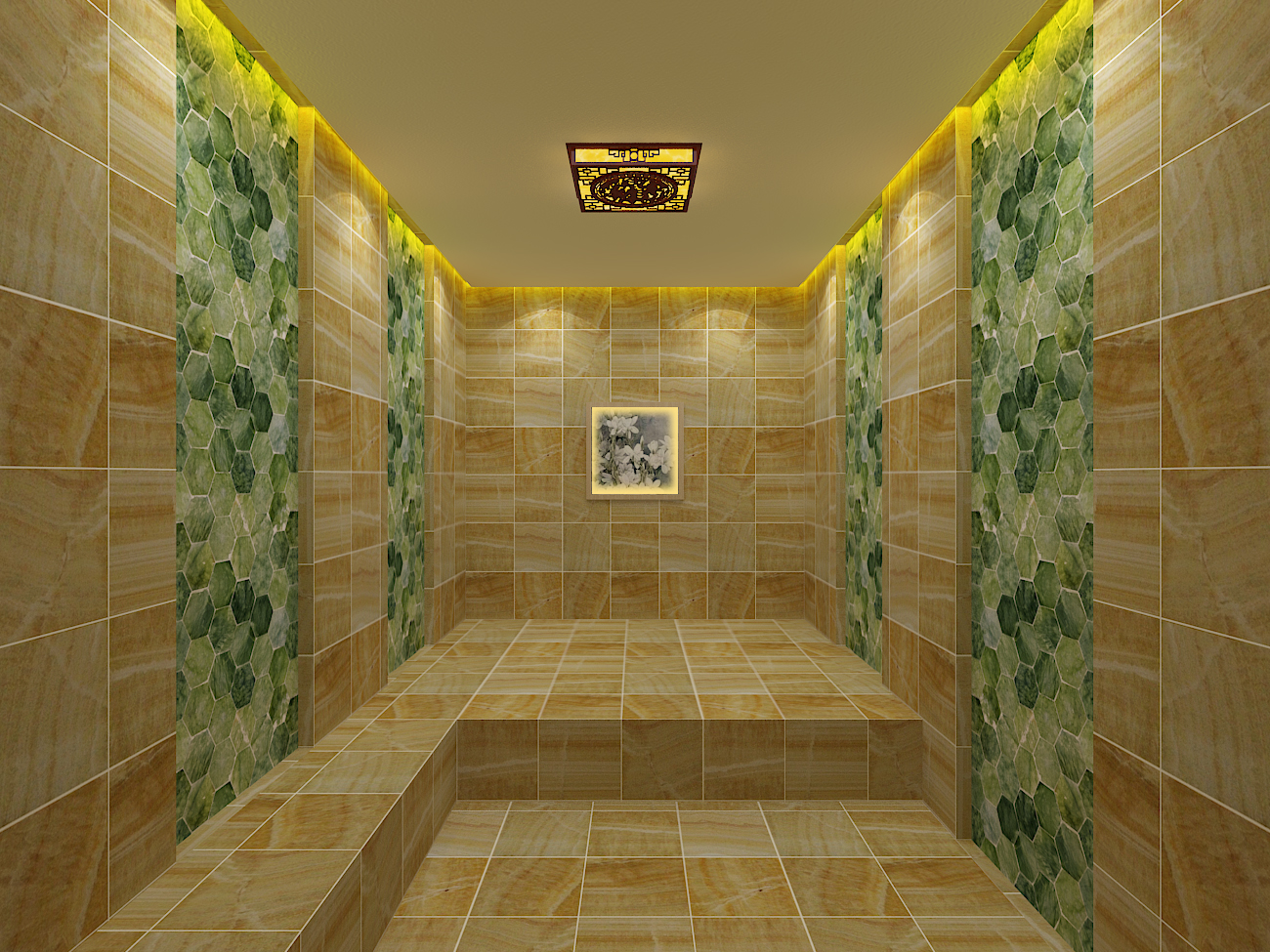
Arizona is known for its intense sunlight and extreme temperatures. In such an environment, maintaining a comfortable and optimal temperature inside buildings is a significant challenge. Insulation materials play a crucial role in addressing this issue by providing both thermal resistance and sunlight reflection capabilities.
Insulation materials are designed to reduce the transfer of heat. They act as a barrier, slowing down the flow of heat between the interior and exterior of a building. In Arizona's hot climate, this is essential to keep the indoor temperature cooler during the scorching summers. By minimizing the amount of heat that enters the building from the outside, insulation helps prevent the interior from overheating and reduces the need for excessive air conditioning, which can lead to significant energy savings.
During the cooler nights or in the winter months (although relatively mild compared to colder regions), insulation also works in reverse. It helps to retain the heat generated inside the building, preventing it from escaping and keeping the interior warm and comfortable. This dual functionality makes insulation an invaluable asset in maintaining a relatively stable and optimal temperature throughout the year.
One of the key features of some advanced insulation materials is their ability to reflect sunlight. In Arizona, where the sun's rays are particularly strong, this property is highly beneficial. These materials are often designed with a reflective surface or incorporate reflective additives. When sunlight strikes the exterior of the building, the reflective insulation bounces a significant portion of the solar energy back, reducing the amount of heat that is absorbed by the building's exterior walls and roof.
This not only helps in keeping the interior cooler but also reduces the thermal stress on the building's structure. By minimizing the heat absorption, the building is less likely to experience excessive expansion and contraction due to temperature changes, which can lead to structural damage over time. Additionally, reflecting sunlight can also help extend the lifespan of the exterior finishes and roofing materials, as they are not exposed to as much intense heat.
Reflective insulation consists of layers of reflective foil or metalized surfaces. It is highly effective in reflecting sunlight and reducing radiant heat transfer. It can be installed in various ways, such as in attics, on exterior walls, or even as part of a building's roofing system. For example, reflective insulation blankets can be placed in attics to deflect the sun's heat before it penetrates into the living space below.
Polyurethane foam is another excellent option. It provides good thermal insulation properties and can also help seal air leaks, which is crucial in Arizona's climate where even small air gaps can lead to significant heat transfer. It can be sprayed onto surfaces, filling in cracks and crevices and creating an effective thermal barrier. Additionally, some formulations of polyurethane foam can have a reflective coating or be combined with reflective materials to enhance its sunlight-reflecting capabilities.
Fiberglass insulation is a common and cost-effective choice. It has good insulating properties and can be used in walls, attics, and floors. While it may not have the same level of sunlight reflection as some other materials, it can still contribute significantly to reducing heat transfer. Some fiberglass insulation products are now being manufactured with enhanced coatings or additives to improve their performance in Arizona's harsh conditions, including better resistance to heat and increased sunlight reflection.
Proper installation of insulation materials is crucial to ensure their effectiveness. In Arizona, it is important to ensure that there are no gaps or voids in the insulation, as the hot air can easily penetrate through these openings and undermine the insulation's performance. Contractors should be trained and experienced in installing the specific type of insulation being used, following the manufacturer's guidelines carefully.
Regular maintenance of the insulation is also necessary. Over time, insulation can become compressed, damaged, or dirty, which can reduce its effectiveness. Inspections should be carried out periodically to check for any signs of damage or degradation. For example, in attics, it is important to ensure that the insulation has not been displaced by animals or affected by moisture. If any issues are detected, the insulation may need to be repaired or replaced to maintain the optimal temperature inside the building.

